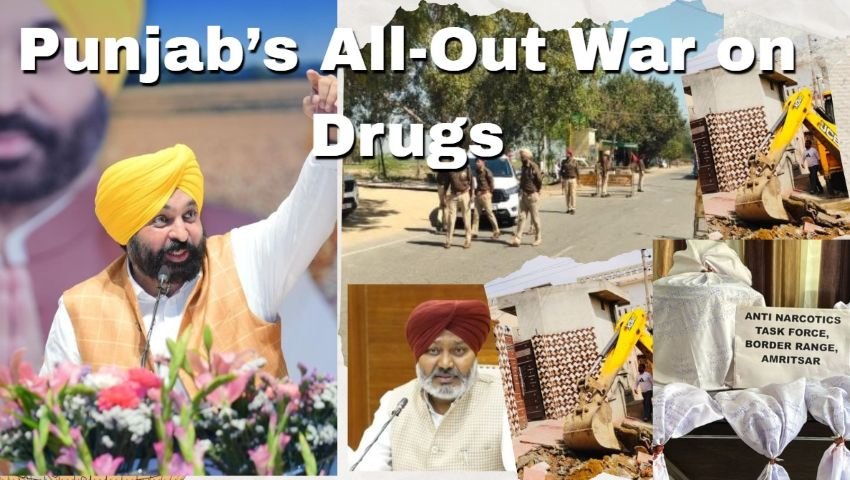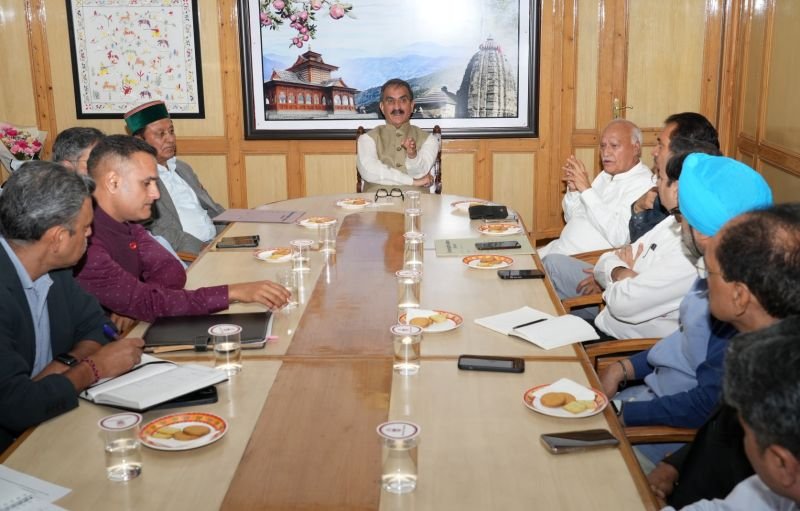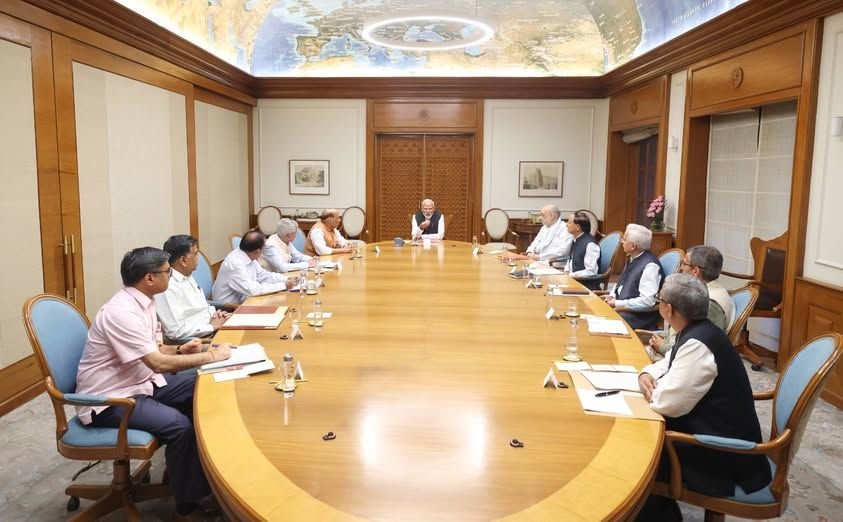
Punjab’s All-Out War on Drugs Promises a New Dawn for Its Youth
- HEADLINESPUNJAB
- April 22, 2025
- No Comment
- 42
Saptrishi Soni: In what could emerge as one of the most defining transformations in recent memory, the Punjab government has embarked on a mission that seeks to heal generations and rewrite the destiny of its youth. Under the leadership of Chief Minister Bhagwant Singh Mann and steered by Finance Minister Harpal Singh Cheema, Punjab’s ongoing war against drugs is not just a campaign—it is a statewide movement that aims to restore the vibrancy, dignity, and future of an entire region that has for years suffered under the burden of narcotics.
The State Government’s campaign, aptly titled ‘Yudh Nashean Virudh’ or ‘War Against Drugs’, is gathering formidable momentum across Punjab. The determination is visible not just in government corridors but in village streets, among civil society groups, and within the very homes that once bore silent witness to the devastation of drug abuse. Cheema, while addressing media following a high-level review meeting, made it clear that Punjab is resolute in its mission to become drug-free and is now seeing real progress on the ground.
This campaign marks a stark departure from the state’s past. Cheema candidly acknowledged that drugs flooded Punjab during the previous Akali-BJP regime, and no resolute steps were taken during Captain Amarinder Singh’s tenure. In contrast, the present government, now three years into its tenure, is delivering tangible results that are forcing drug peddlers to either abandon their trade or flee the state. This shift is not coincidental but the result of rigorous enforcement and deep-rooted community participation.
One of the key achievements highlighted by the Finance Minister is the remarkable conviction rate in drug-related cases. In a district widely considered the front line in this battle, the conviction rate has soared to 91 percent, with 179 FIRs leading to 271 arrests. This sends a powerful message to those involved in the drug trade—impunity no longer exists.
More significantly, the campaign is not just about arrests; it’s about building resilience within communities. Public participation has been instrumental, with citizens actively sharing information under the ‘Safe Punjab Campaign,’ resulting in FIRs against offenders and swift action by enforcement agencies. Nearly 17 cases have been registered solely based on citizen inputs, proving that when people believe in the system, change is inevitable.
Further grassroots efforts include over 500 community outreach meetings and the formation of nearly a thousand local defense committees. These groups are playing a critical role in transforming public attitudes, generating awareness, and creating a safety net for vulnerable youth. Nearly 450 village panchayats have passed resolutions supporting the anti-drug campaign, reinforcing the idea that this is no longer just a government initiative—it’s a collective moral and civic uprising.
Strategically, the government has also expanded its surveillance and enforcement across state borders, particularly with neighboring Himachal Pradesh, a known route in the interstate drug pipeline. Joint operations with Himachal Police mark a significant leap in intelligence-sharing and operational coordination, enhancing the crackdown on organized drug networks that have for long operated in shadows.
At the administrative level, both civil and police officials have embraced the campaign with renewed vigor. Regular monitoring, rehabilitation support, and sensitization drives are creating a layered approach that addresses not just the supply chain but also the demand side of drug abuse. There is a growing emphasis on de-addiction and psychological healing, acknowledging that recovery is as much about empathy and community care as it is about law enforcement.
The Finance Minister’s remarks come at a time when the need for hope in Punjab has never been greater. For decades, the narrative around the state’s youth was clouded with despair and addiction. Today, that narrative is being rewritten with words like “recovery,” “resilience,” and “revival.” The campaign is not merely eradicating drugs; it’s giving back to Punjab what it was known for—its strength, spirit, and soaring potential.
As elected officials, civic leaders, enforcement agencies, and citizens come together in what is arguably Punjab’s most united front in recent history, there is a growing sense that the state is on the cusp of a new era. A drug-free Punjab is no longer a distant dream but a tangible goal within reach—one that promises a healthier, safer, and more hopeful future for its youth.
#PunjabAgainstDrugs #YouthEmpowerment #YudhNasheanVirudh #DrugFreePunjab #HarpalCheema #PunjabGovernment
This is an auto web generated news web story.



